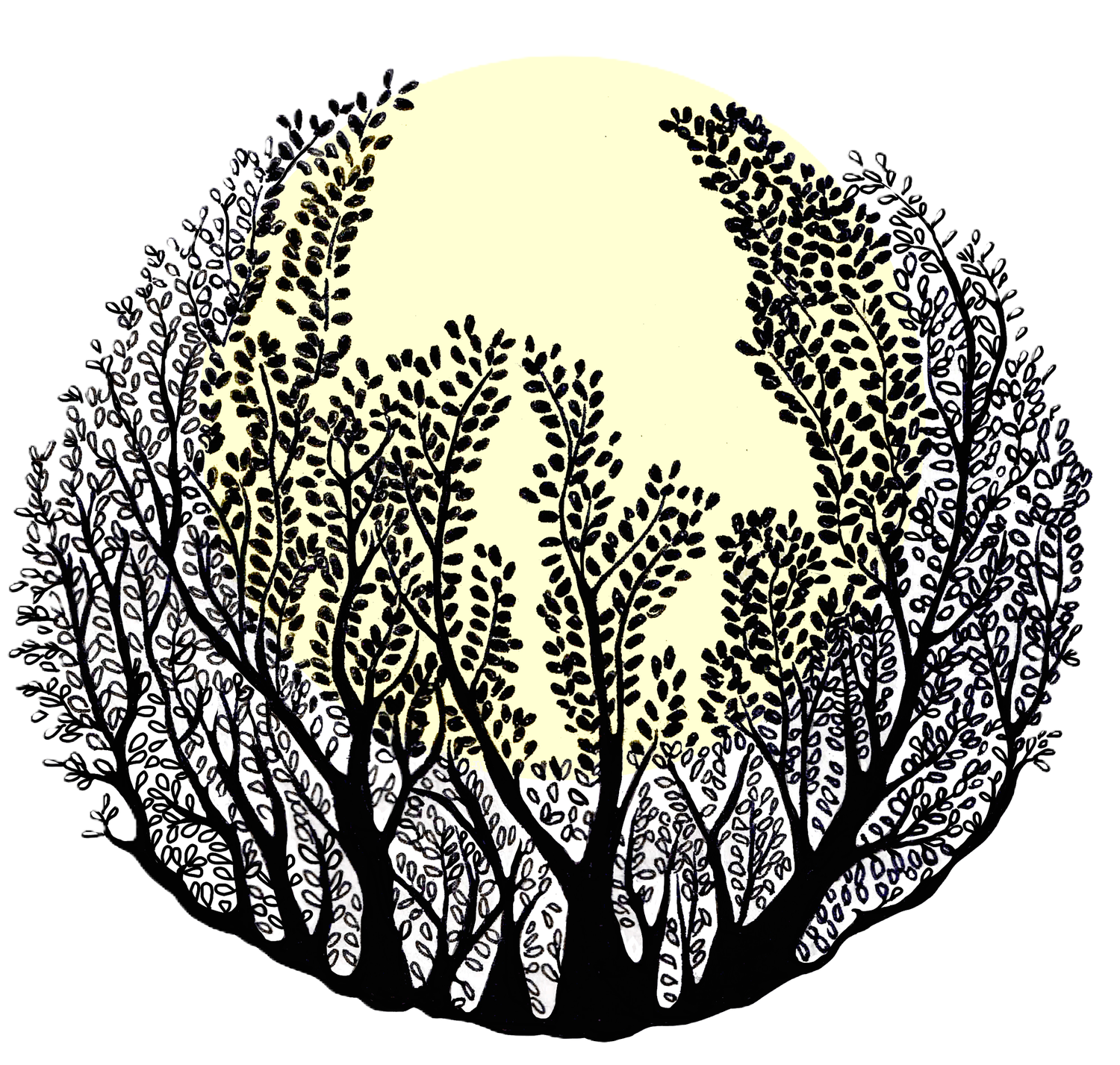Journal
ADHD- A Traditional Chinese Medicine Perspective
In traditional Chinese medicine (TCM), ADHD is viewed as an imbalance of the body’s systems in the individual rather than a single disorder.
Here are some perspectives of TCM using the zang fu organs and patterns that we can observe in patients.
The Heart: In TCM, the heart governs the mind, which affects thinking, memory, and perception. Disturbances of the heart can lead to restlessness and hyperactivity.
The Spleen: Weak spleen qi can result in poor concentration, difficulty remembering facts and mental fatigue.
The Kidneys and Liver: Kidney deficiency or Liver yin deficiency can cause hyperactivity and impulsiveness, which becomes worse when tired or due to lack of sleep.
The Heat and Plegm: A combination of fidgeting and restlessness, difficulty concentrating. With the extra element of being hard to reach,a nd not listening to others.
For a holistic approach in Assiting with ADHD, alongside conventional treatment we can use an array of treatments we can use
Acupuncture
Tuina ( which is a form of Chinese medical massage)
Shonishin (Japanese non-needling technique)
Cupping
Guasha
Diet
Lifestyle advice
In the case of acupuncture especially in children there are also non-needling techniques that can be used such Tuina massage, and special Shonishin tools that can be applied to specific points to regulate the qi and restore flow and harmony.
Diet and lifestyle recommendations come down to the specific patterns. Some recommendations may involve balancing out your diet, eating proper meals that have enough proteins, and reducing the amount of caffeine and sugar in the diet.
Can Children have Acupuncture ?
Yes, they can! Traditional Chinese Medicine has a long history of treating children with acupuncture and Tui na (Chinese medical massage).
In Japanese acupuncture, the paediatric-focused treatments are called Shonishin, has roots from ancient China, but was then developed further in Japanese acupuncture teachings.
Shonishin doesn’t use acupuncture needles but rounded massage acupuncture tools that don’t penetrate the skin. These specialised tools stimulate the acupuncture points and channels.
The set-up of paediatric acupuncture is different from adult acupuncture, which may be familiar with. Younger children can sit in their parents’ laps or sit up on the table and be involved in the treatment.
All treatments are tailored to suit the individual child and their Chinese medicine pattern. Needling or non-needling techniques are very gentle and painless. In paediatric treatments, we use a variety of tools and techniques, such as:
Tuina (Chinese medical massage)
Cupping with soft silicone cups (glass for older teens)
Guasha uses a stone tool along the skin with oil.
Shonishin (Japanese rounded massage acupuncture tools)
Moxibustion is, very safe burning of compacted mugwort sticks to create heat in certain areas to move and build qi.
Essential oils- depending on the child and their preferences.
If the child is afraid of needles, we can use plenty of Shonishin / non-needling techniques, especially for children under the age of 7 years. In Chinese medicine theory, the channels on a child's body aren't fully formed until about the age of 7. Which is why techniques like Tui na, cupping, guasha, moxa and Shonishin can be effective in delivering treatment. However, for the most effective treatments of older children and teens, we can use a combination of non-needling techniques and acupuncture needles. Which uses super fine (smaller than a strand of hair) acupuncture needles, using a very gentle needling technique.
The age range for Paediatric acupuncture is for babies, children, and teens from 0 to about 16. Paediatric acupuncture can be a great way of helping children (big and small) have holistic health care, which can help balance and harmonise their systems.
Chinese Medicine Perspective of Dysmenorrhea (Period Pain)
Dysmenorrhea (Period Pain)
Have you ever wondered about period pain and why it occurs or just accepted it as the normal part of your monthly cycle?
In Traditional Chinese medicine (TCM), many factors cause pain before, during or after periods. Most of the Chinese medicine patterns are centred around the Liver. Some of these include stagnation of Qi, Stasis of blood and stagnation of cold. We can also see it as a deficiency of Qi and blood, with such Chinese medicine diagnostic patterns of Kidney and Liver yin, Blood, and Qi deficiencies. TCM theory behind the Liver Qi is if the Liver Qi movement stagnates it may cause pain before the period, and if the Liver-Blood stagnates it can cause pain during the period. In Chinese medicine treatment, we can use acupuncture, Moxibustion ( the burning of mugwort to create heat), as well as herbal formulas. Let's look at the research, In 2022 a systemic review and meta-analysis on using acupuncture and moxibustion for managing primary dysmenorrhea. Analysed databases and pooled 13 RCTs with 675 participants. In this article, It was found that using the combination of acupuncture and moxibustion was safe and effective in reducing symptoms of painful periods (primary dysmenorrhea) by following a treatment regime.
Research article: Liu, W et al (2022). Efficacy and Safety of Acupuncture and or moxibustion for Managing Primary Dysmenorrhea: A Systematic Review and Meta-Analysis. Clinical Nursing Research, 31(7), 1362–1375. https://doi.org/10.1177/10547738221086984
Why Moon and Sun ?
It all begins with an idea.
Why Moon and Sun ?
In traditional Chinese medicine, Yin is the moon and Yang is the sun. In Chinese medicine theory and yin-yang theory yin and yang are interdependent, creating balance and harmony. Just as day rolls into the day, we need the sun for growth and warmth, and the moon to help us to stop and rest.





